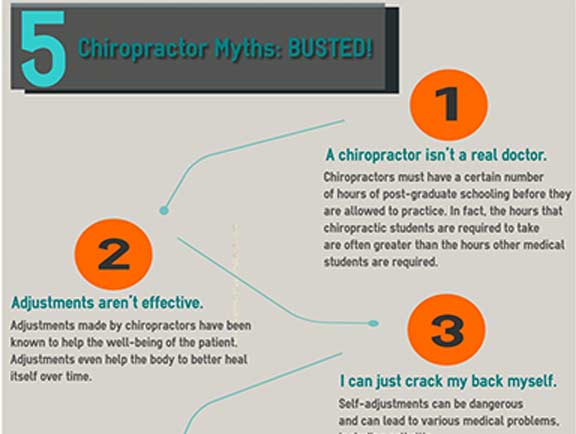You may have heard of cold laser therapy as a promising treatment choice for different problems, yet have you ever asked yourself just how it in fact works with a cellular level? Comprehending the mechanisms behind this treatment can shed light on its performance in promoting healing and decreasing inflammation. By discovering the science behind cold laser therapy, you'll gain insights right into the fascinating ways in which light can influence mobile procedures and facilitate cells repair work.
Just How Cold Laser Therapy Works
To understand exactly how cold laser therapy works, you need to grasp the basic principles of how light power interacts with biological tissues. Cold laser therapy, also called low-level laser therapy (LLLT), makes use of specific wavelengths of light to pass through the skin and target underlying tissues. Unlike the extreme lasers made use of in surgeries, cold lasers release low levels of light that do not produce warmth or create damage to the cells.
When these mild light waves reach the cells, they're absorbed by elements called chromophores, such as cytochrome c oxidase in mitochondria. This absorption triggers a series of biological responses, consisting of increased cellular power production and the release of nitric oxide, which boosts blood circulation and minimizes swelling.
Furthermore, the light energy can additionally boost the manufacturing of adenosine triphosphate (ATP), the power money of cells, aiding in cellular repair and regrowth processes.
Essentially, cold laser therapy harnesses the power of light energy to promote healing and reduce pain in a non-invasive and gentle manner.
Devices of Activity
Exactly how does cold laser treatment in fact function to produce its healing impacts on biological tissues?
Cold laser therapy, additionally referred to as low-level laser treatment (LLLT), operates through a process referred to as photobiomodulation. When can stress age your face is applied to the skin, the light power penetrates the cells and is taken in by chromophores within the cells.
laser connecticut , such as cytochrome c oxidase in the mitochondria, are then stimulated by the light power, causing a waterfall of organic responses. One essential device of activity is the improvement of cellular metabolic rate.
The soaked up light power increases ATP manufacturing in the mitochondria, which is important for cellular function and repair service. Furthermore, cold laser treatment assists to decrease swelling by inhibiting inflammatory conciliators and promoting the release of anti-inflammatory cytokines.
This anti-inflammatory effect contributes to pain relief and tissue recovery.
Restorative Impacts
Recognizing the restorative results of cold laser therapy includes identifying how the improved cellular metabolic rate and anti-inflammatory buildings add to its positive results on biological cells.
When the cold laser is put on the afflicted area, it promotes the mitochondria within the cells, resulting in boosted manufacturing of adenosine triphosphate (ATP), which is important for cellular feature and repair. This boost in mobile energy speeds up the recovery process by promoting tissue regeneration and lowering inflammation.
In addition, the anti-inflammatory residential or commercial properties of cold laser treatment assistance to decrease discomfort and swelling in the targeted area. By hindering https://www.painnewsnetwork.org/stories/2016/6/1/lasers-work-for-fibromyalgia-but-why-so-pricey and advertising the launch of anti-inflammatory cytokines, cold laser therapy aids in easing pain and improving the general recovery action.
This decrease in swelling not only provides prompt alleviation yet also sustains long-lasting cells repair.
Conclusion
In conclusion, cold laser treatment functions by stimulating cellular repair work and cells regrowth through photobiomodulation. Suggested Reading -inflammatory residential properties give pain alleviation and lower swelling by hindering inflammatory conciliators.
This therapy offers a detailed method to healing, delivering both instant relief and long-lasting tissue repair service benefits.
Via its mechanisms of activity, cold laser treatment shows to be an efficient and appealing treatment option for a selection of conditions.
